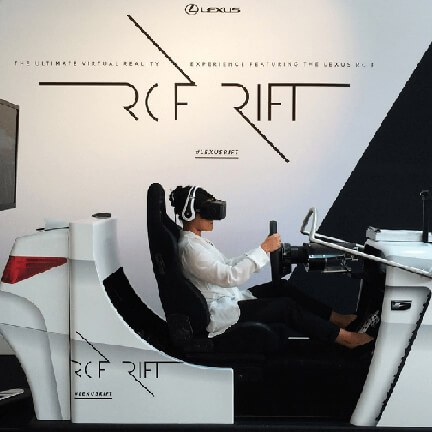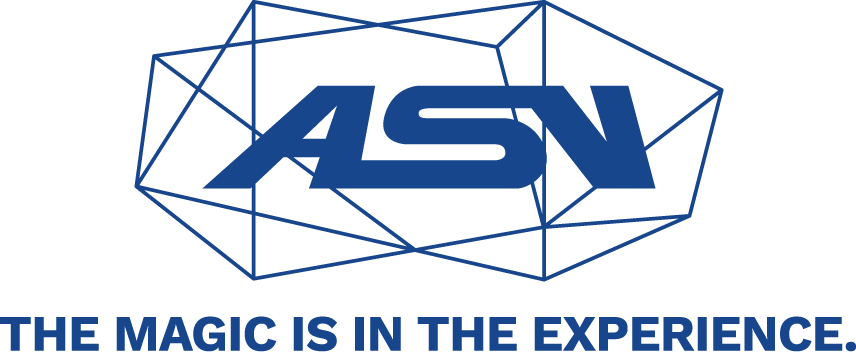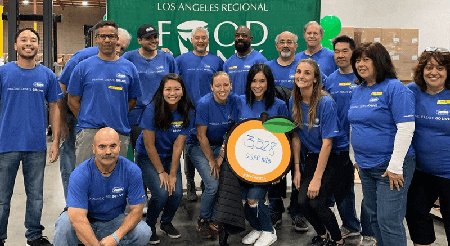Brands are the composite of several variables.
Whether it’s the brand’s messaging, font, or primary colors, there are many factors that go into how the public perceives it. But how can brands distinguish themselves in increasingly saturated markets? By not only attaching a look, name, and message to their brand but also attaching a feel to it. Experiential marketing adds that tangible element.
Find the Right Ingredients
Before crafting an experiential marketing approach, brands need to adopt the right frame of mind. Your experiential campaign will truly take shape once it assesses five key areas:
• Audience: Look at your audience’s identity, passions, hobbies, background, etc. Understanding what makes your target demographic tick will help you engage with it in a much more meaningful way.
• Purpose: What position is your brand taking? It should be clear, and it should hold value for your audience.
• Medium: What is the best way to communicate with your target audience? What are your demographic’s main channels for getting information?
• External landscape: How do your message and your medium relate to the world around it? What might be impacting your audience culturally and politically?
• Competition: What is your competition doing, and what are you doing that is different in order to stand out?
Once these elements come into focus, brands can use experiential marketing to interact and engage with consumers in a more contextualized, below-the-surface manner. It’s no longer just words on a screen or a product in hand. With experiential, brands can activate every one of a consumer’s senses to maximize impact and exposure.

How Experiential Marketing Bolsters Your Brand
Experiential marketing helps brands determine whether their message sparks joy, whether it triggers much-needed change, and whether it brings value to the consumer. Here are some tactics they can use to ensure they’re filling all three of those gaps:
1. Create branded environments. Whether it’s through a branded installation, a pop-up display, a trade show, a showroom, or an exhibit, find ways to bring the consumer into your brand’s world. The goal is to create a setting that embodies the physical personality and attributes of your brand message and allows consumers to experience your brand in a multidimensional way.
Refinery29’s annual 29Rooms experience takes this concept to the next level. The exhibit showcases 29 interactive rooms dreamed up by various artists in areas such as poetry and technology. In the company’s words, “It’s where you can experience Refinery29’s imaginative spirit IRL.” Every single room is meant to engage the user’s sense of creativity in an out-of-the-box fashion and is an extension of Refinery29’s brand messaging.
2. Host live events and activations. Live events are enhanced versions of branded environments. They capture a targeted audience at an already popular festival or event, but experiential marketers should treat them as more than booths manned by brand reps. Each activation needs to be bold, positive, inspirational, and shareable.
For example, a couple of years back, HBO turned the growing popularity of escape rooms into an experiential marketing opportunity at SXSW. The network designed a three-part escape room themed around its hit shows “Game of Thrones,” “Veep,” and “Silicon Valley.” Each display allowed consumers to experience and enjoy the essence of these shows in real life without feeling obligated to engage.
3. Find opportunities for one-on-one interactions. Some experiences in life are more personal than others. It’s no different when it comes to marketing. Jaguar had a more personalized campaign in mind when the sports car company designed a virtual reality experience that put consumers in the driver’s seat on a stunt course, but with a caveat: Stunt drivers slipped into the car and actually raced them around. Sneaky? Yes. But it built a connection for the customer between the car and an exciting experience.
With this in mind, think about how you can reinvent product displays, activity stations, photo ops, or sampling experiences. Use experiential marketing to give consumers the opportunity to interact with your brand on a personal level. Whether it’s through touch, feel, or taste, an effective experiential campaign increases the likelihood that customers build an emotional bond with your brand.
4. Stage a PR stunt. Unique installations and PR exhibitions provide another enjoyable opportunity for consumers to experience a brand. They’re usually unexpected and, as a result, talk-worthy. For example, U.K. streaming service NowTV installed an oversized Jeff Goldblum statue in a high-traffic area to celebrate the 25th anniversary of “Jurassic Park.”
While it was only up for a short time period, it generated buzz and mystery — plus, it was funny.
Engagement is the ultimate goal that brands aim for, and experiential marketing can help achieve this. Whether through branded environments or catchy stunts, experiential marketing brings your brand to life and creates a deeper, stronger, and more valuable relationship with the audience.







